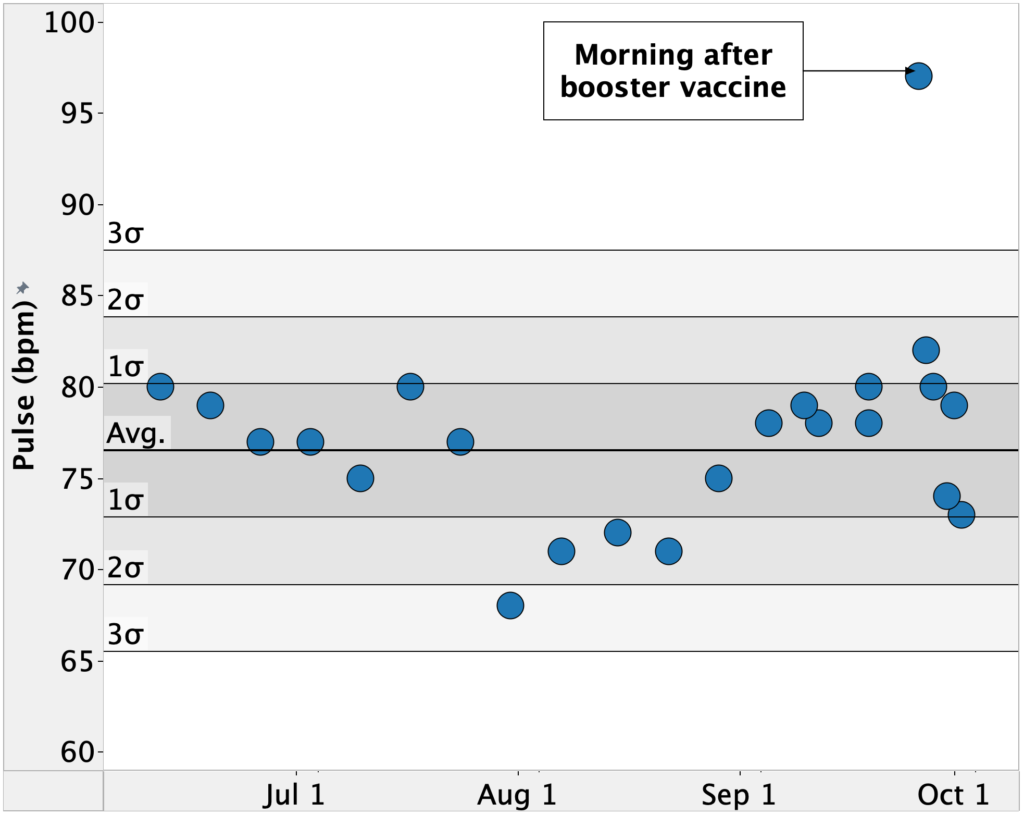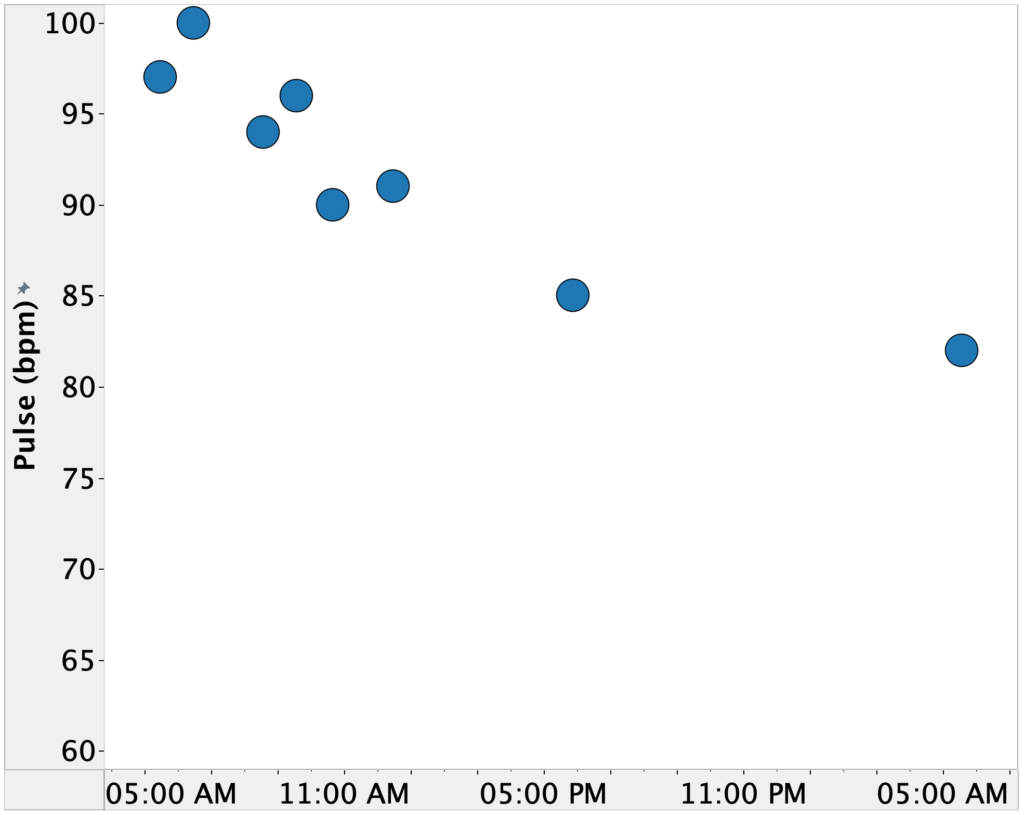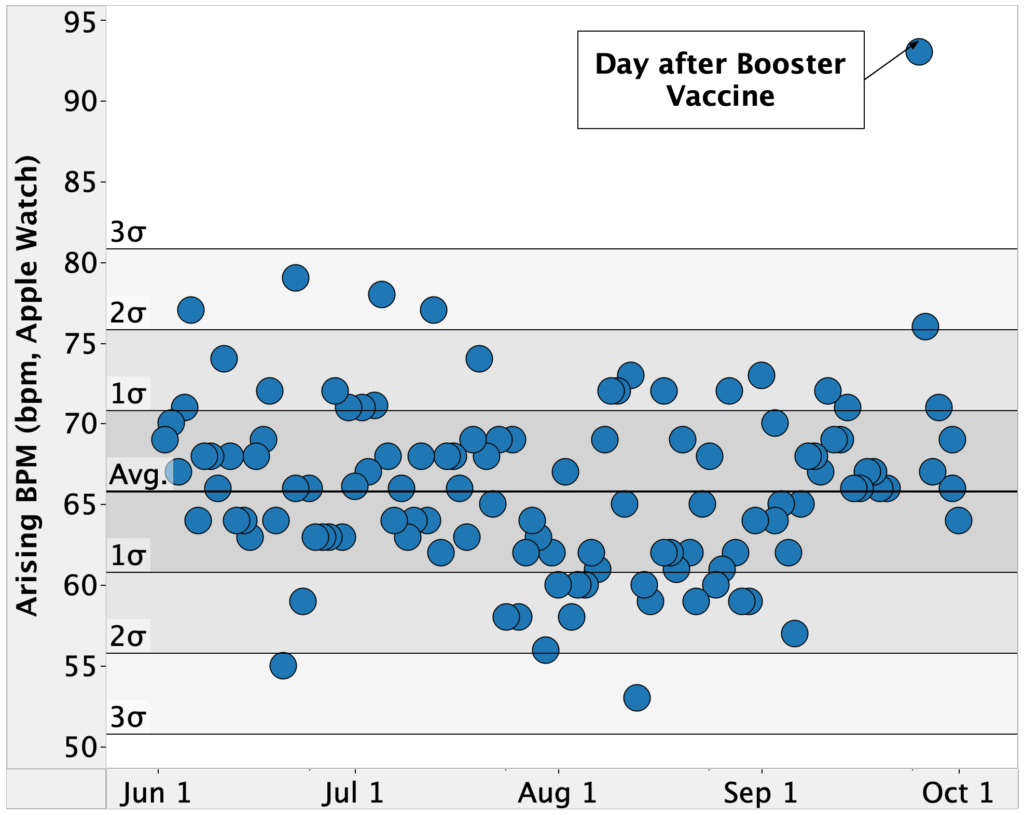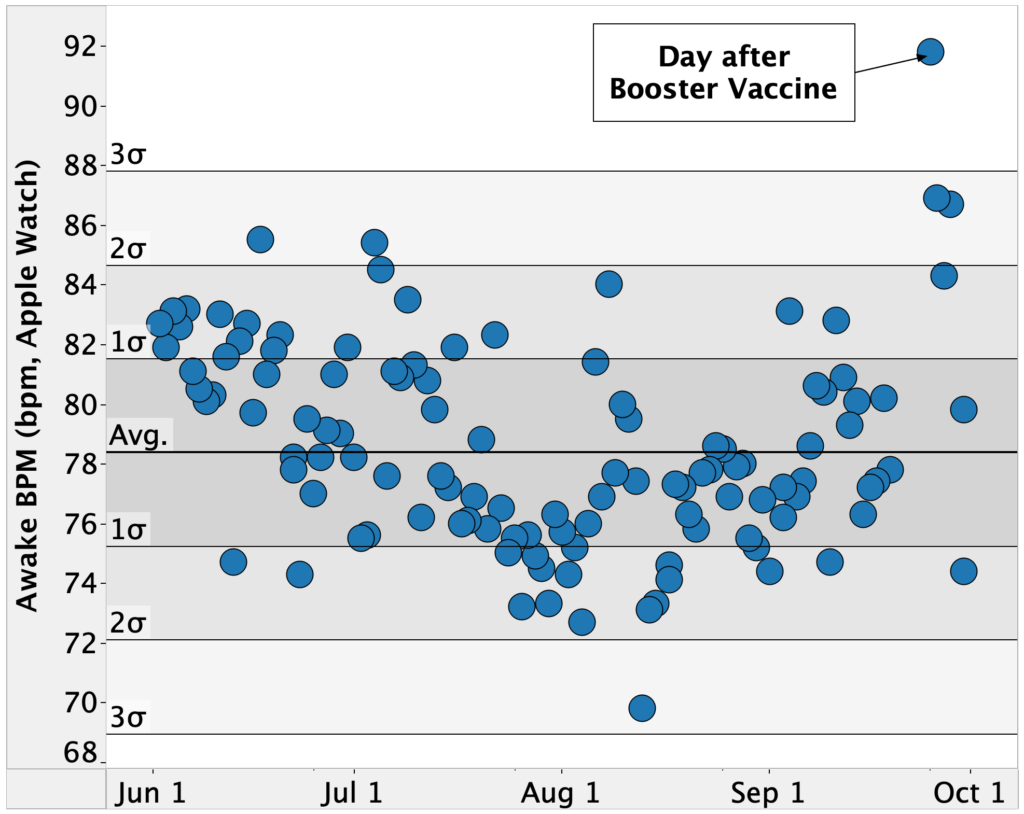Get new posts by email or rss feed
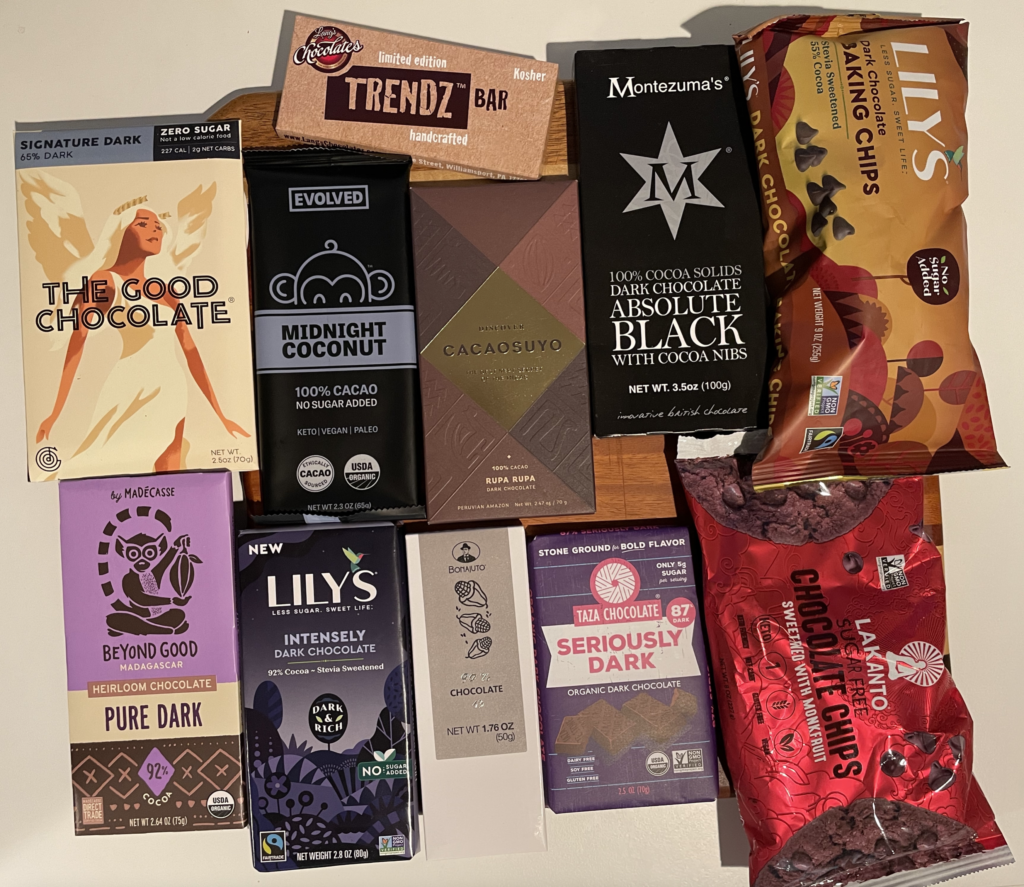
This post is an update on my experiments measuring the effect of low-carb foods and dietary supplements on blood sugar.
This week, I have the results from low-carb chocolates. Next week I’ll starting testing and posting flour replacements and other ingredients.
Testing Queue:
- Prepared foods:
- Tortillas: Reported
- Cereal: Reported
- Ice Cream: Reported
- Bread: Reported
- Meal replacements: in queue, (Ketochow reported)
- Snack bars: in queue
- Chocolate: This post
- Ingredients:
- Flour replacements: in queue
- Seeds & nuts: in queue
- Vegetables: in queue
- Supplements:
- Vinegar: In queue
- MSG: Reported
Chocolate
Summary
Since I’ve started posting these food-effect studies, one of the most requested products has been low-carb chocolate. As with other low-carb products, a ton of new low-carb chocolates have become available. Initially, most used a simple substitution of a non-nutritive sweetener, like erythritol, for sugar. However, I’ve noticed in the last few years, a number of high cocoa/low sugar chocolates that use regular sugar, just in very low quantities (90-100% cocoa).
In both cases, the net carb count can be very low, though this largely relies on subtracting the high fiber content of the cocoa. Since I’ve had very mixed results with the blood glucose impact of dietary fiber (see here & here), I tested them myself.
Towards that end, I tested 13 chocolates from 4 different categories (grouped by sweetener). Here’s my overall conclusions:
- Lowest BG impact: Lily’s Almond Dark & The Good Chocolate Signature Dark
- ~65% of the impact of 100% cocoa bars
- Best combination of taste & impact: Taza Wicked Dark & Trendz Bar
- Chocolate with added fiber shows much higher blood glucose impact
- There’s a significant variation between brands
- This could be due to different fiber type or quantity
- Watch out for the ChocZero chocolate, which gave ~2x the BG impact of the next highest chocolate.
Evidence continues to pile up that there’s a large variation in the impact of different fibers, even ones with the same name listed on the nutrition label. I’m going to see whether I can source a decent variety to test.
If anyone knows where to get the fibers and resistant starches that are used in low-carb prepared foods (especially from the actual manufacturers), please let me know in the comments or by PM.
As always, please let me know if you have any thoughts, suggestions, or anything else you’d like to see me test.
– QD
